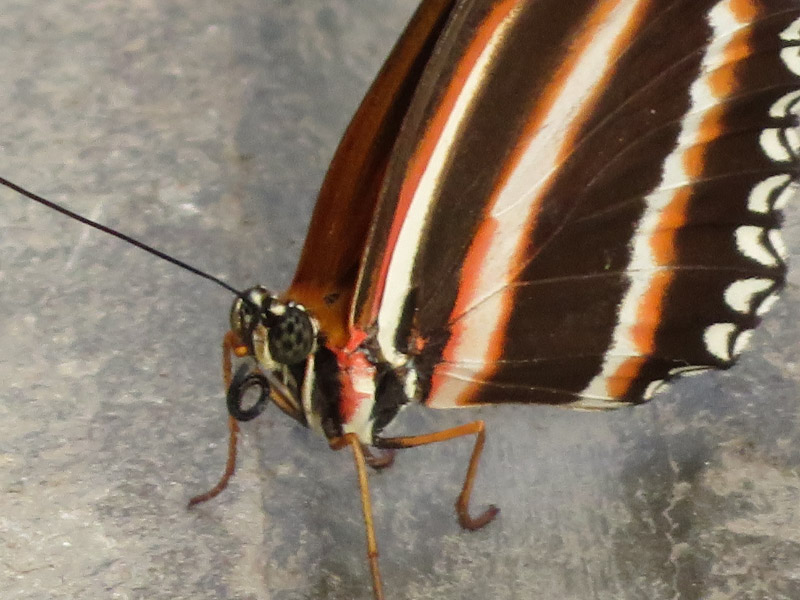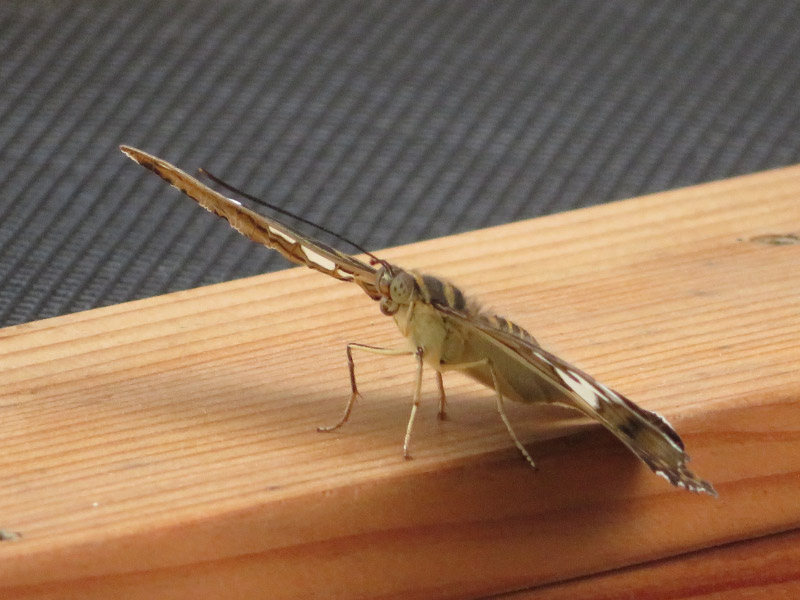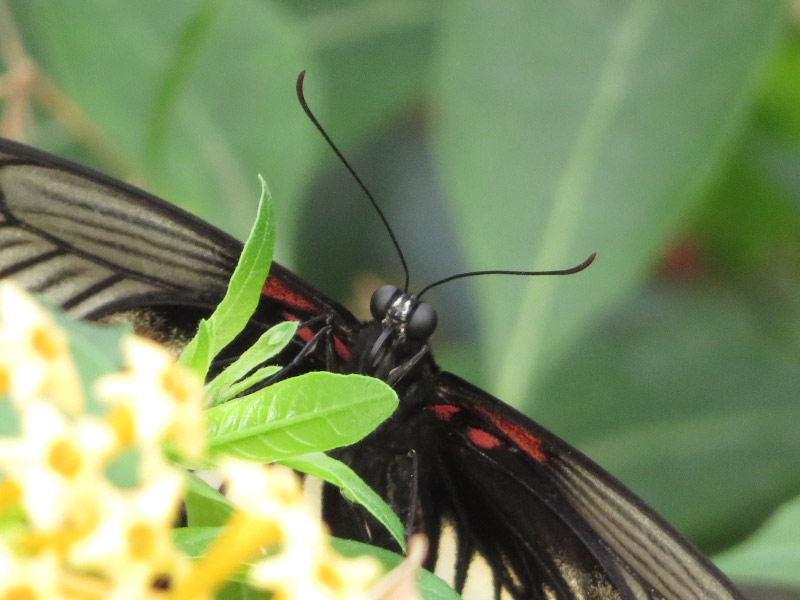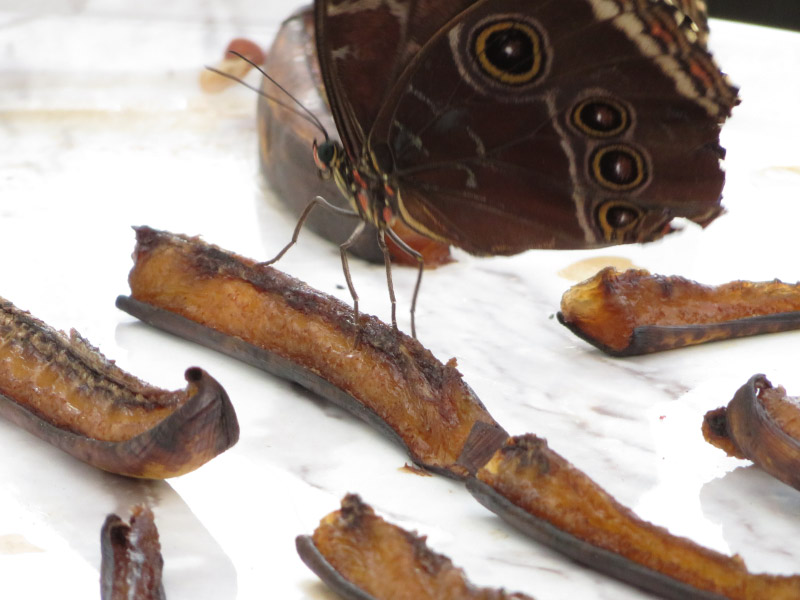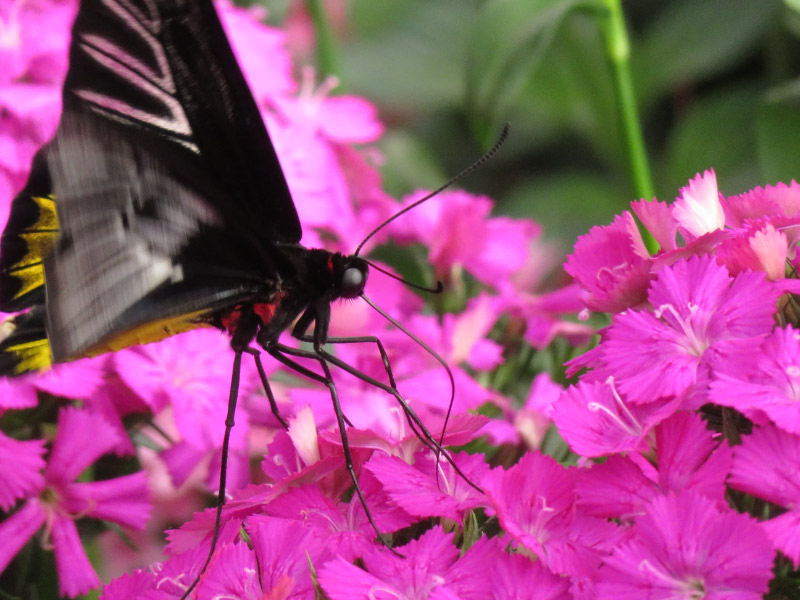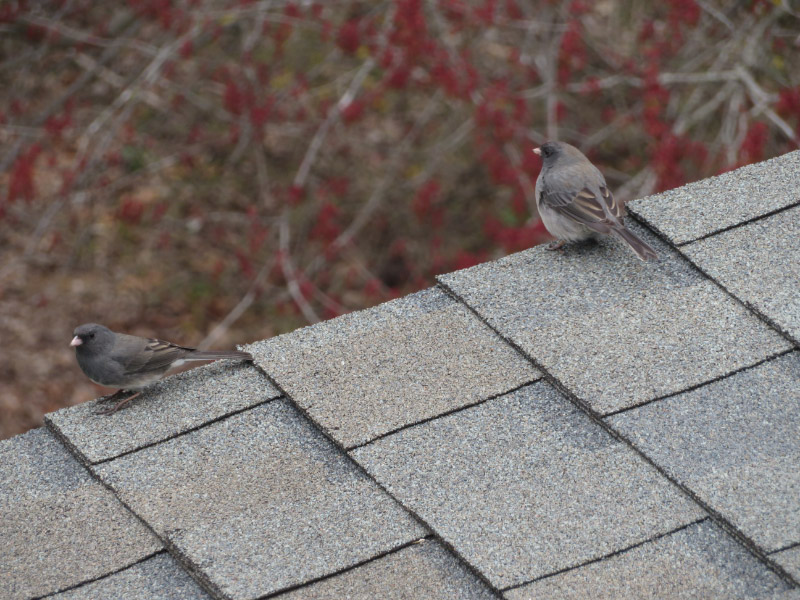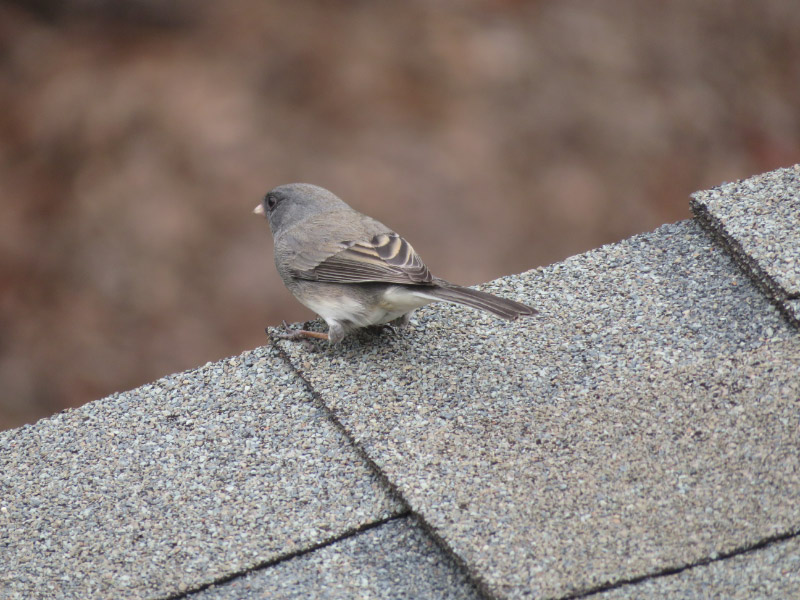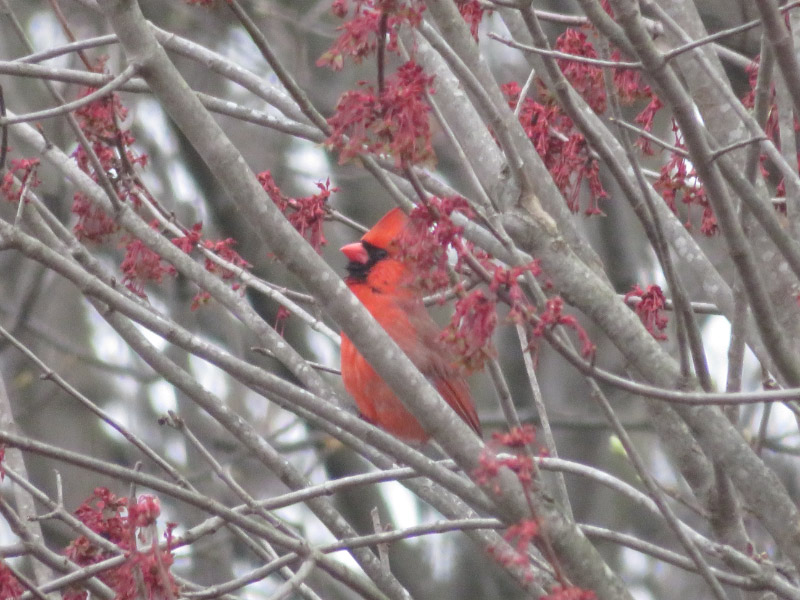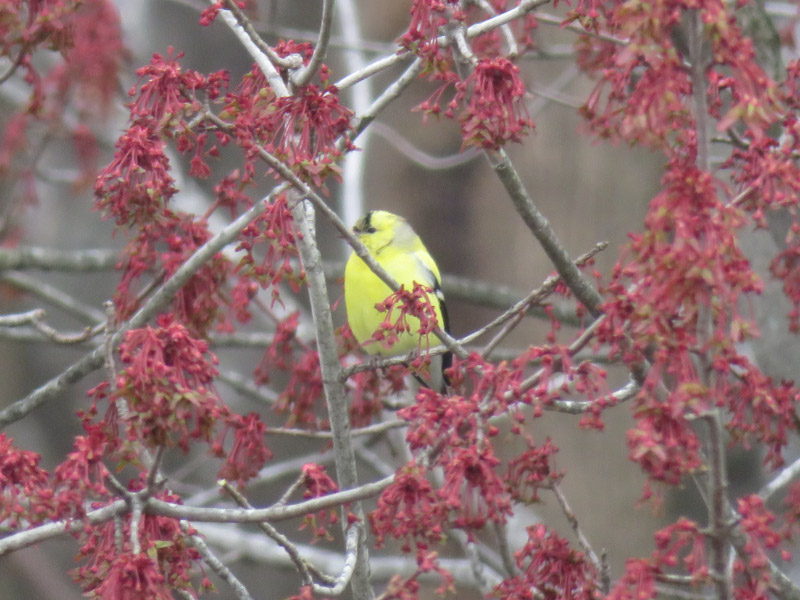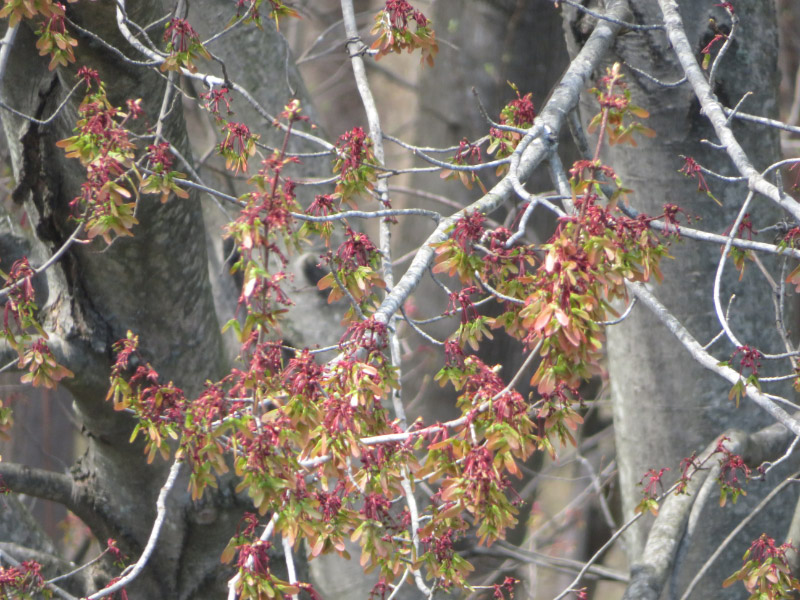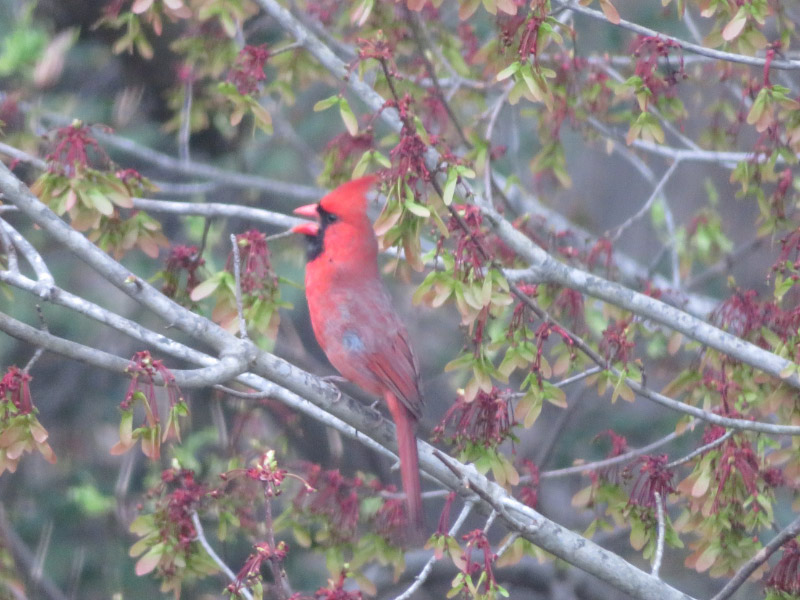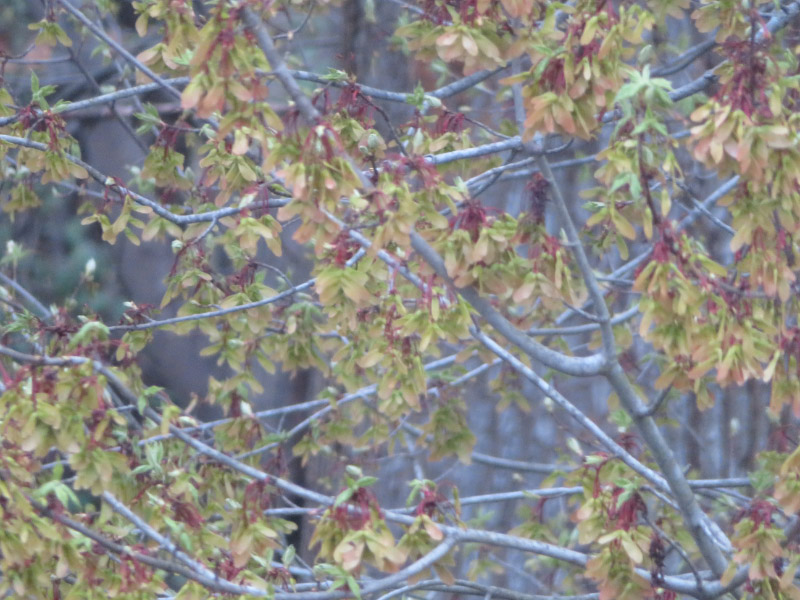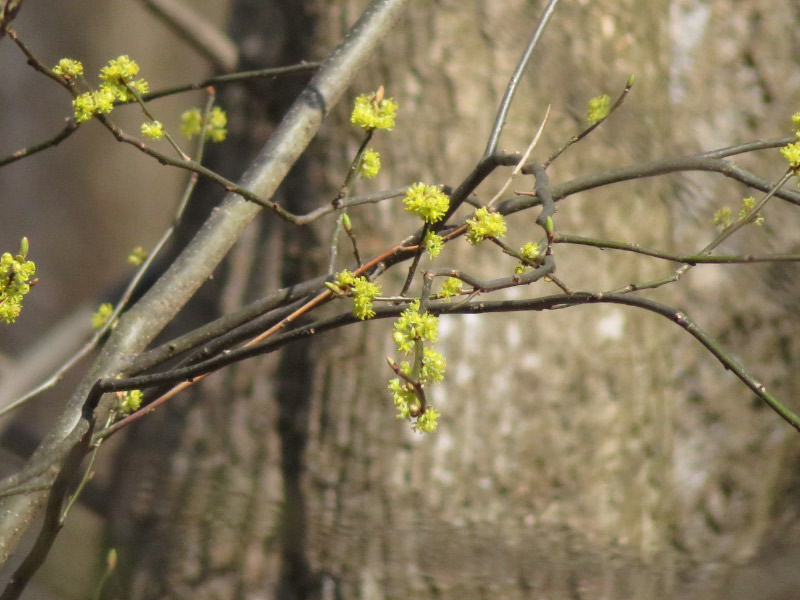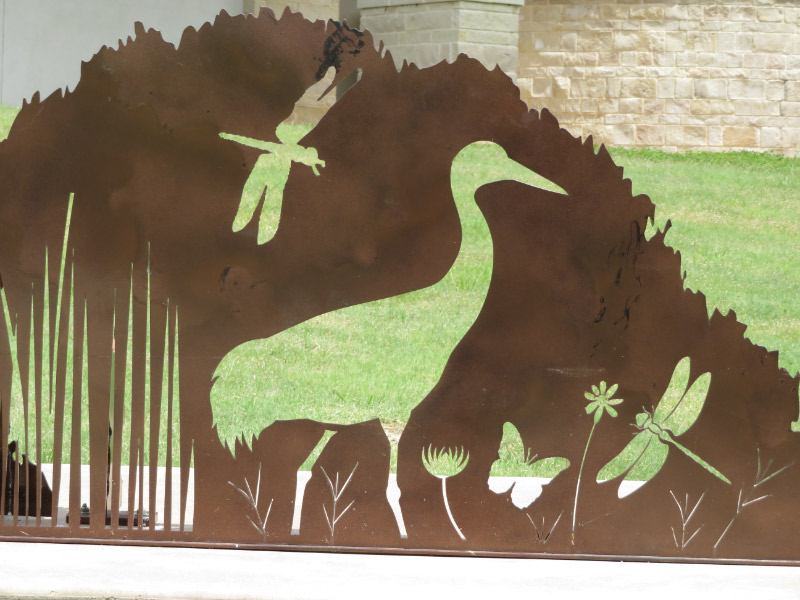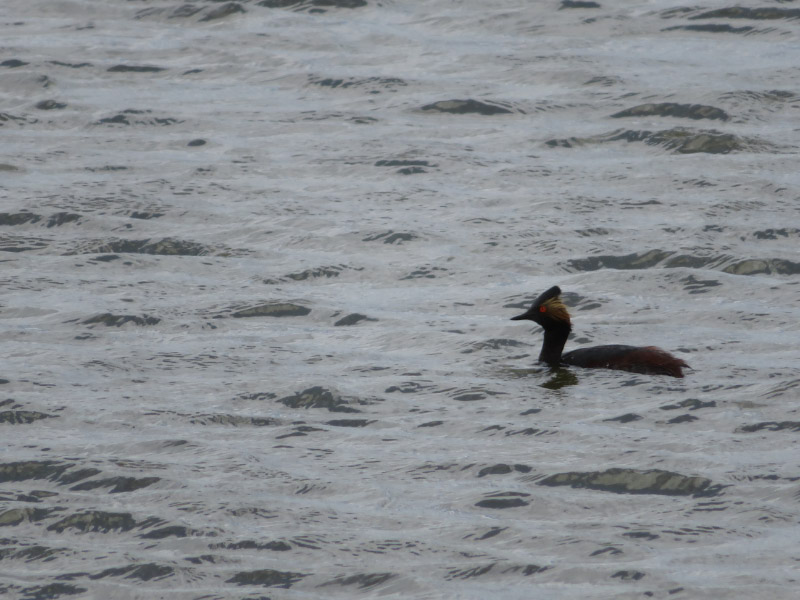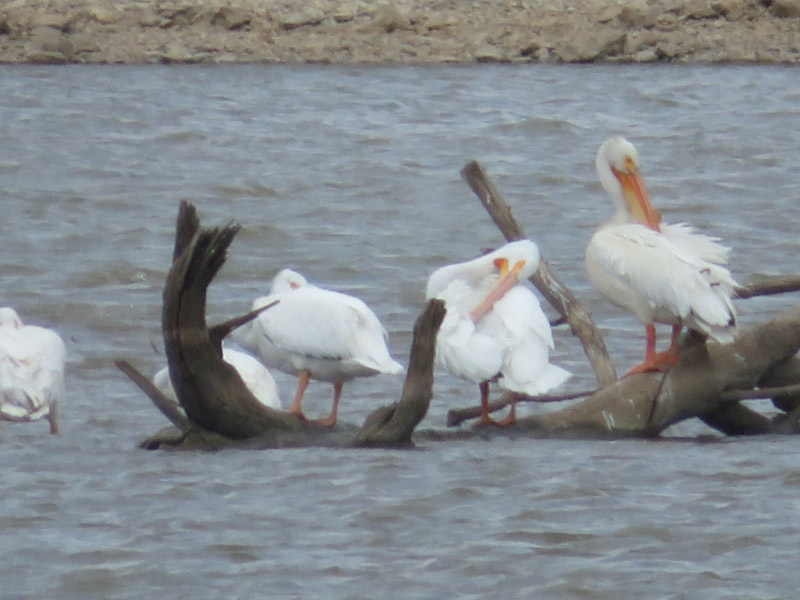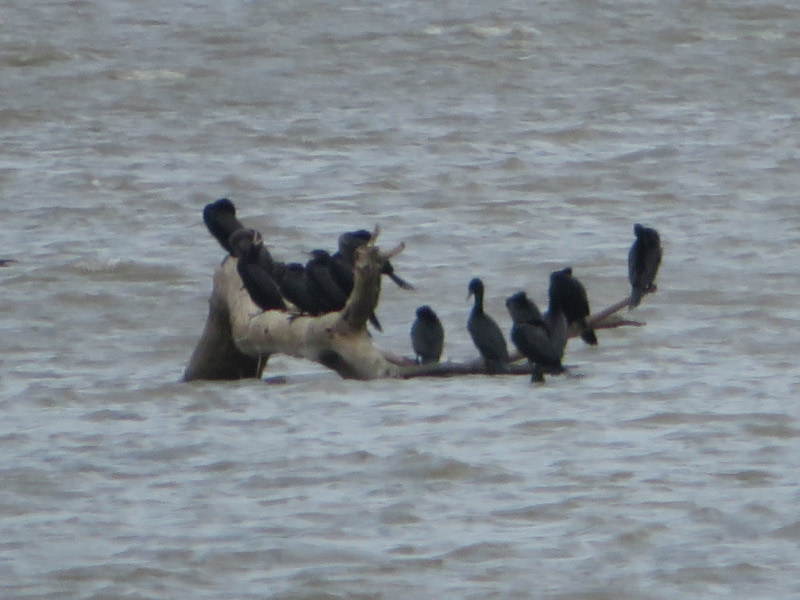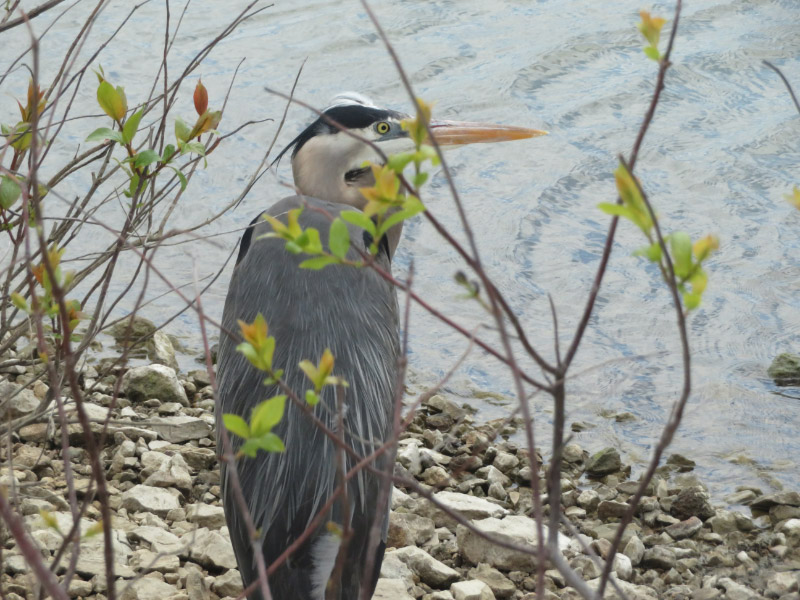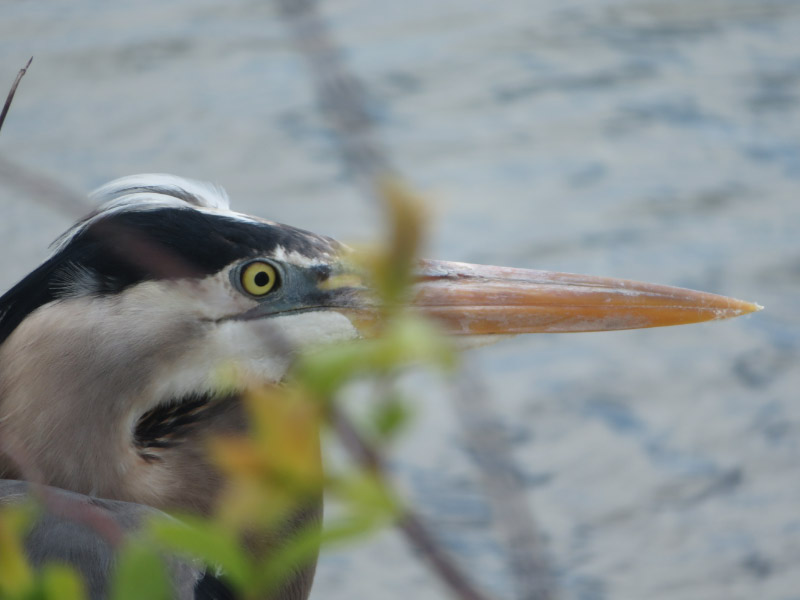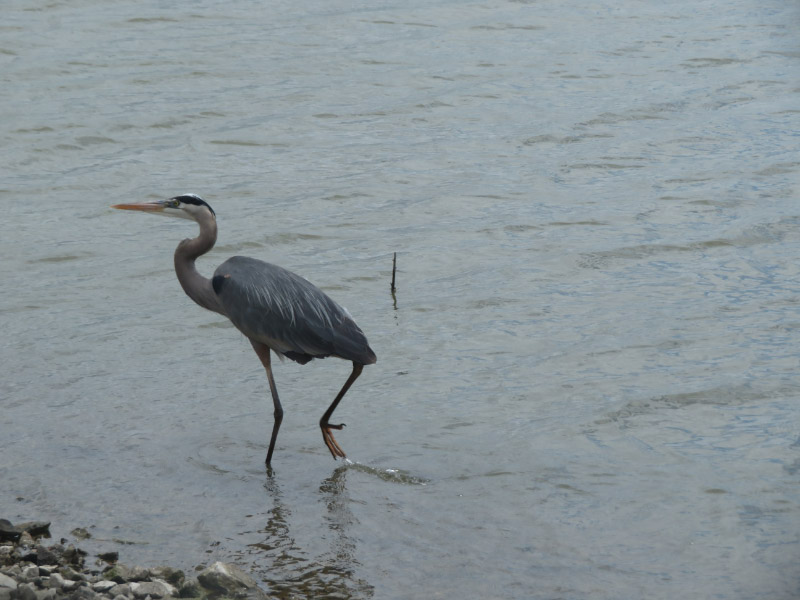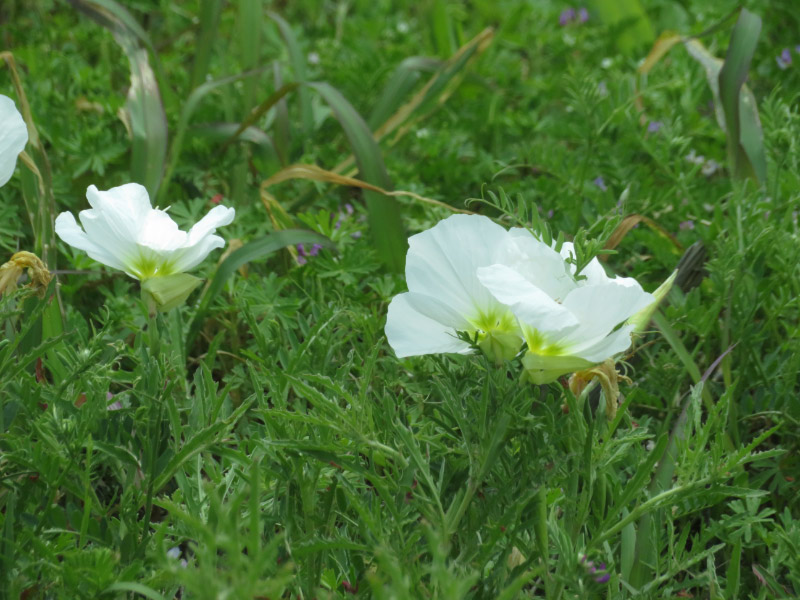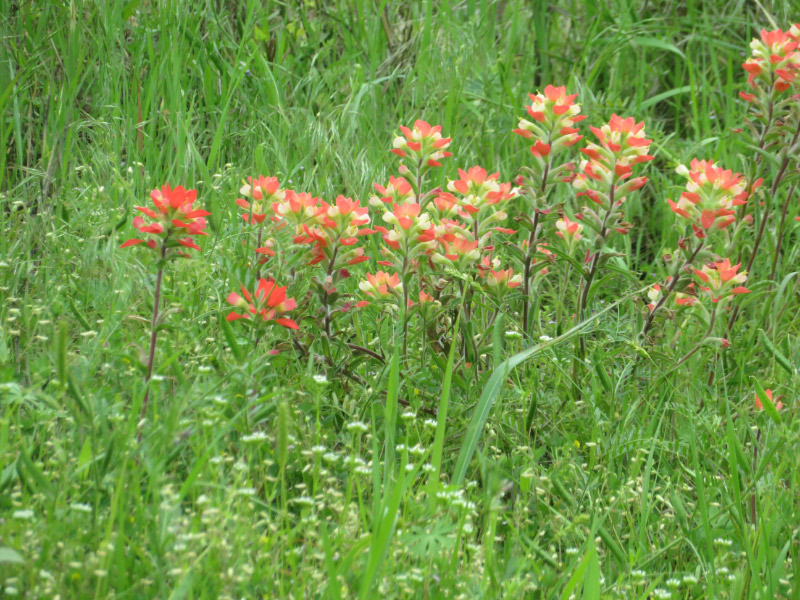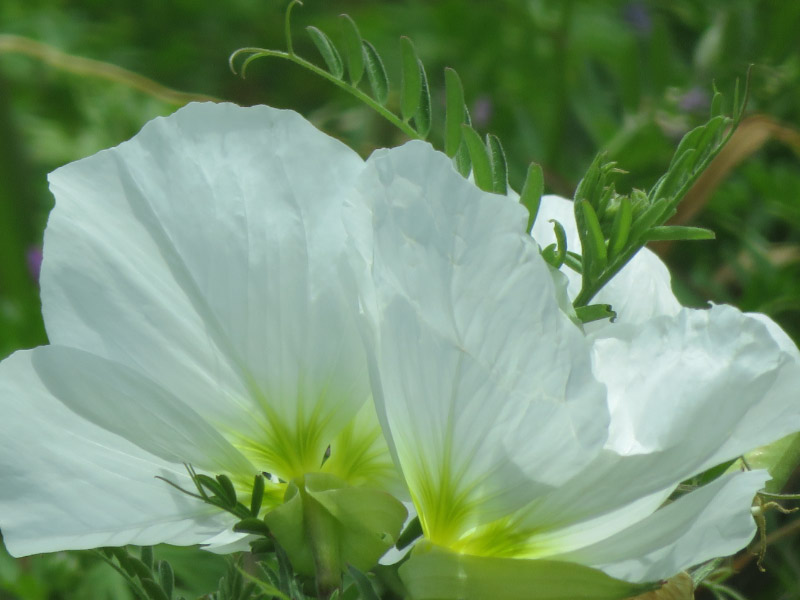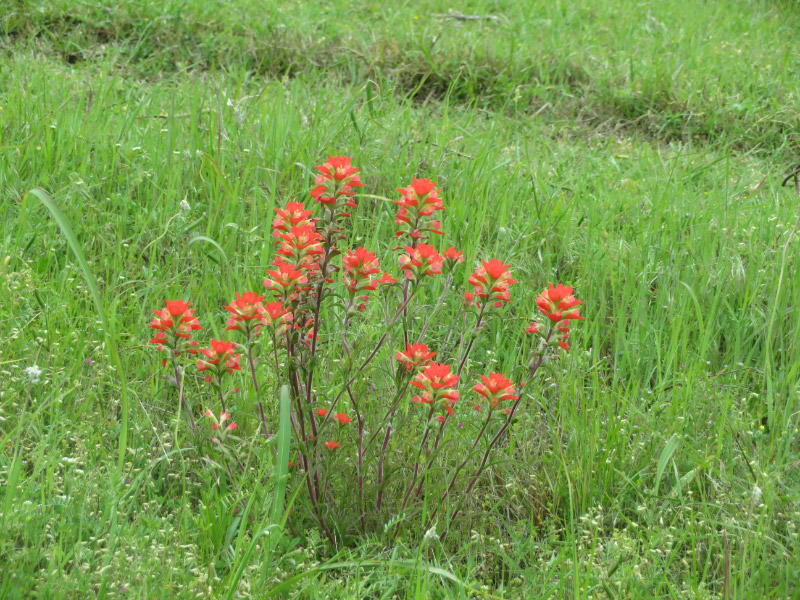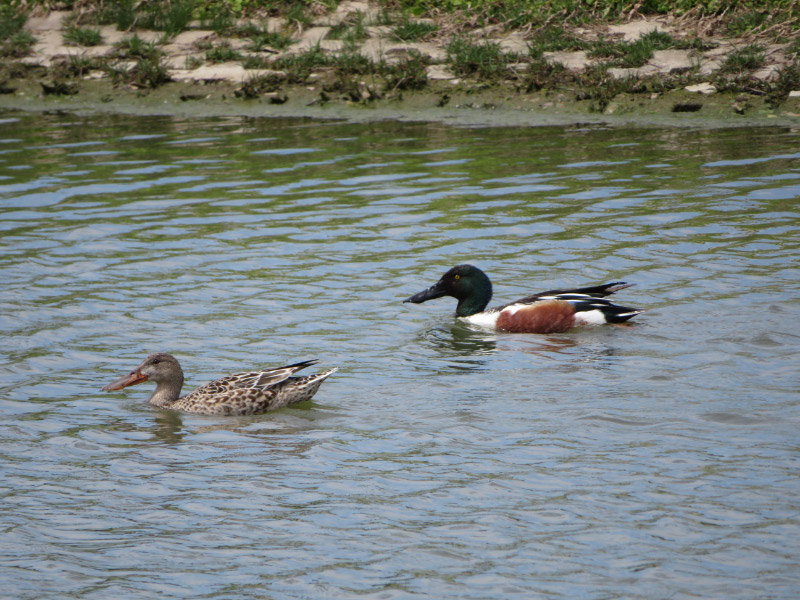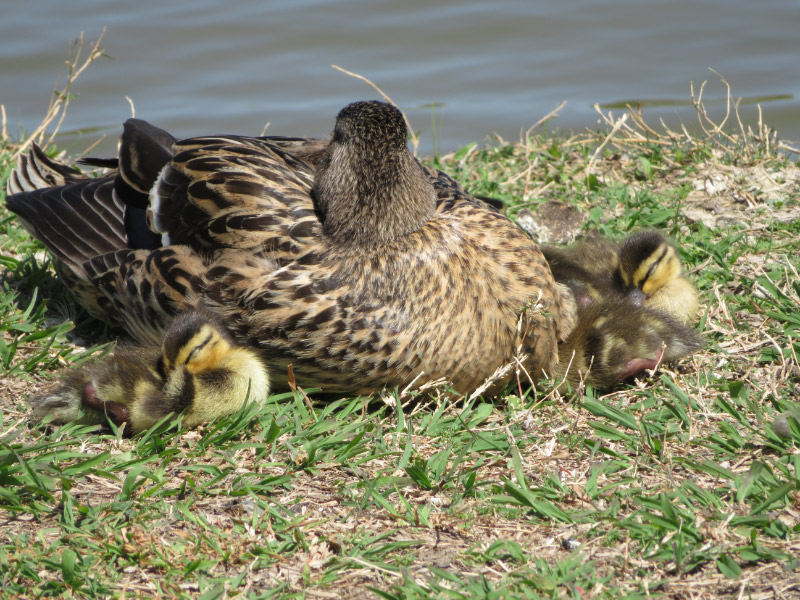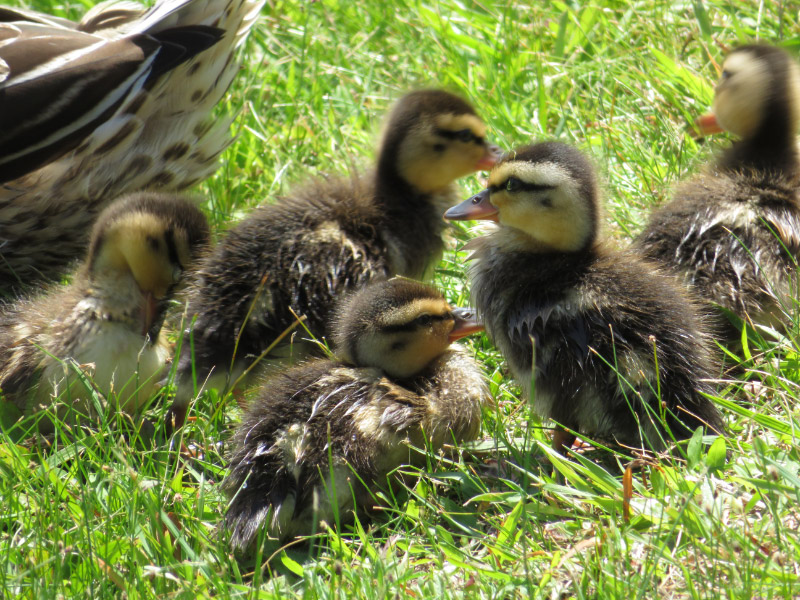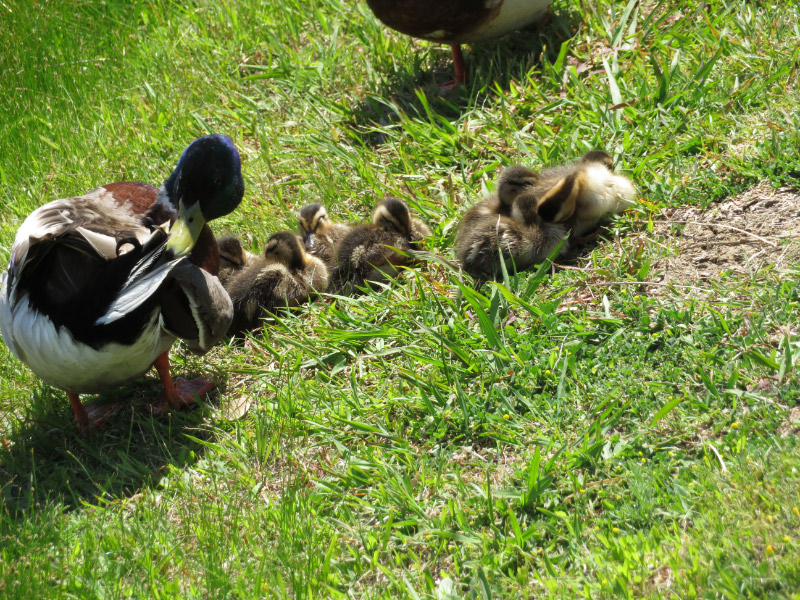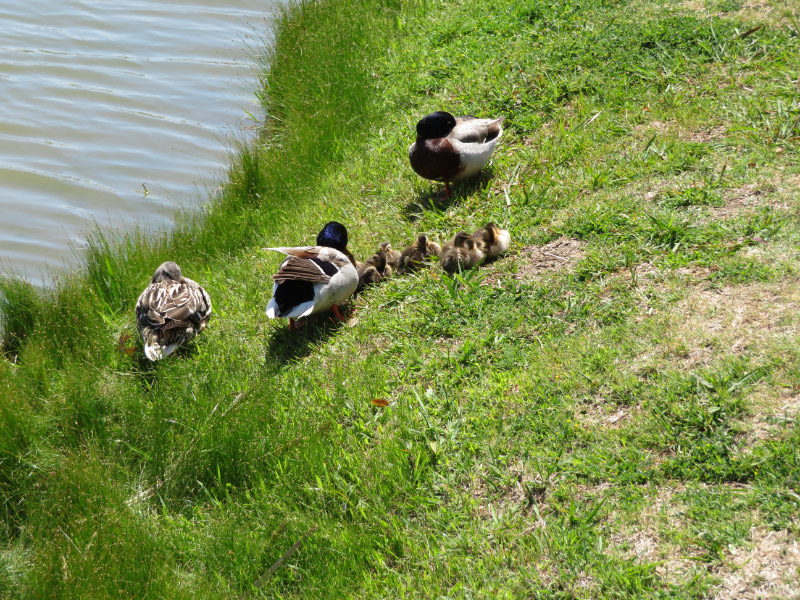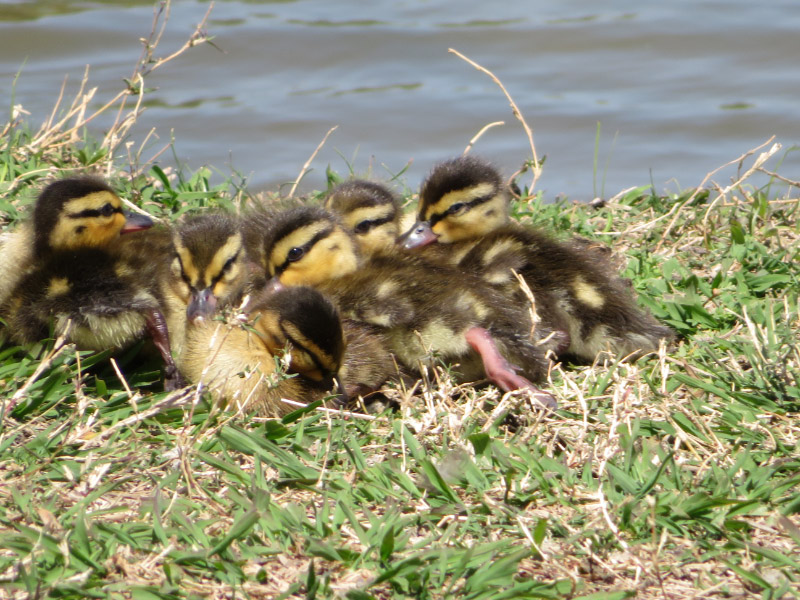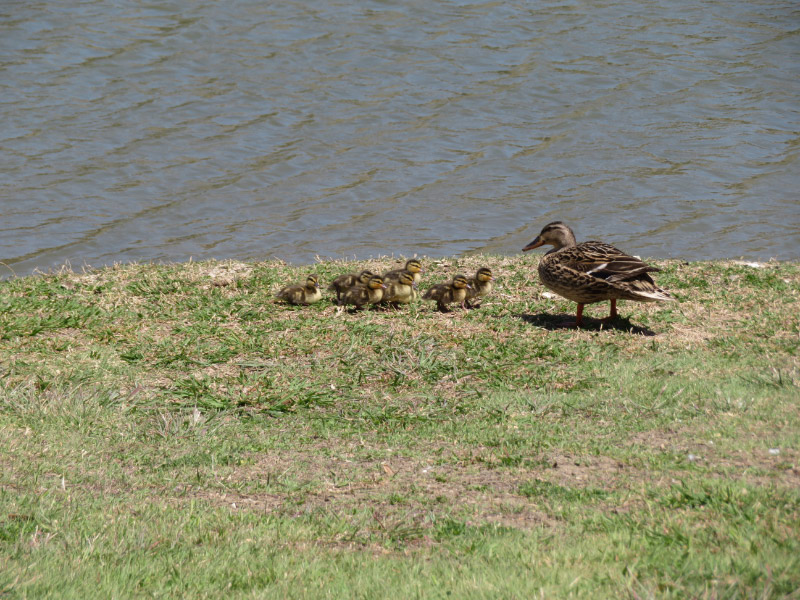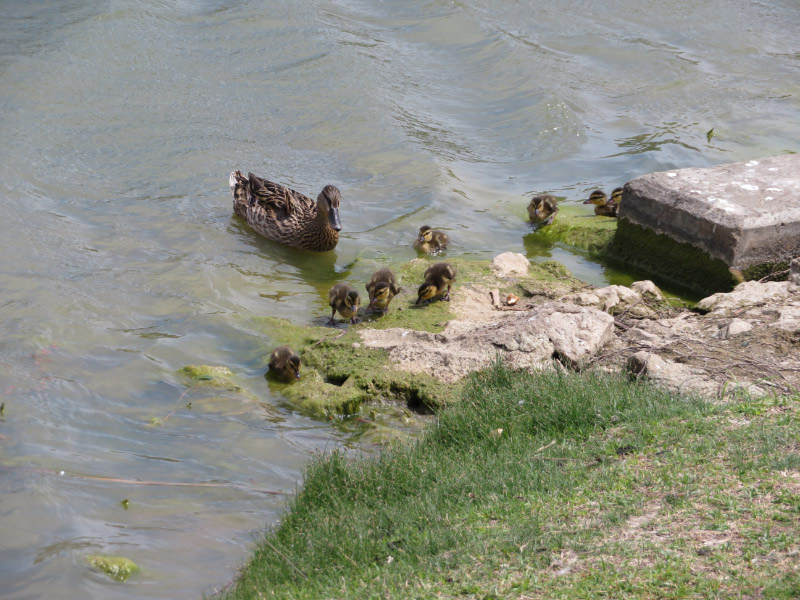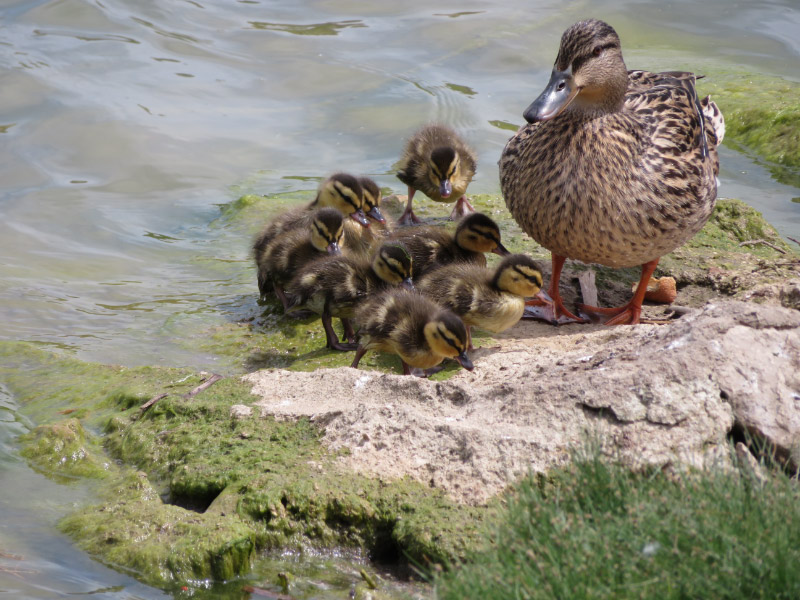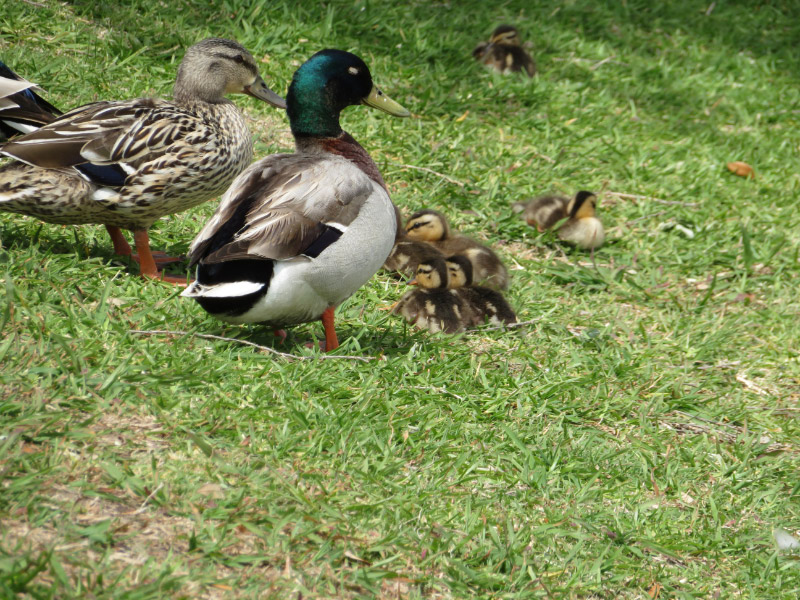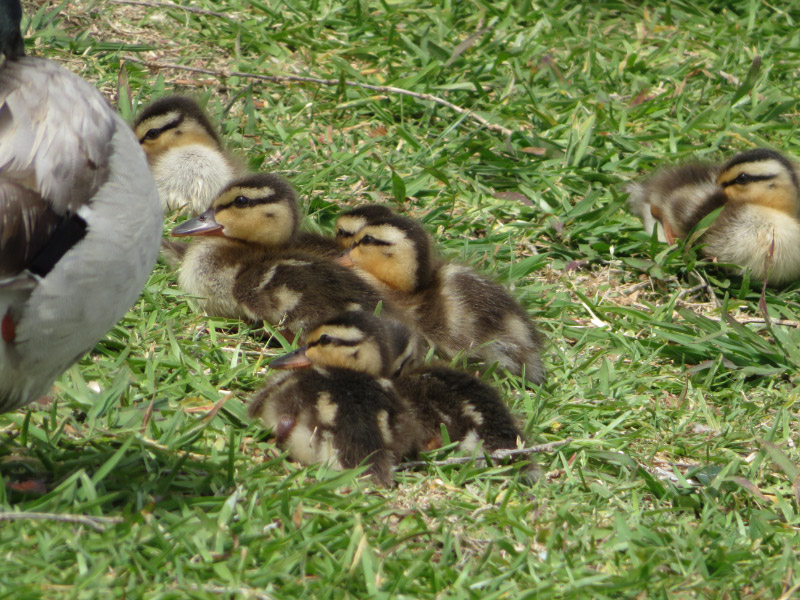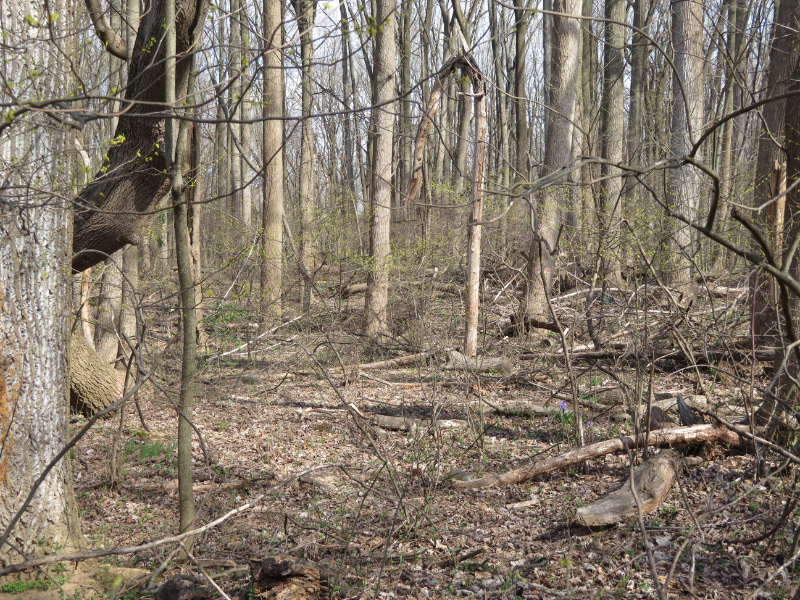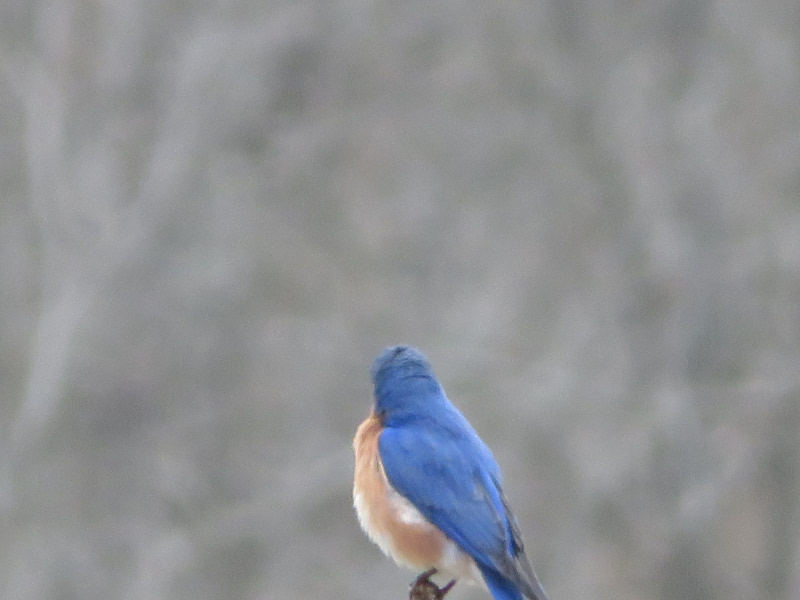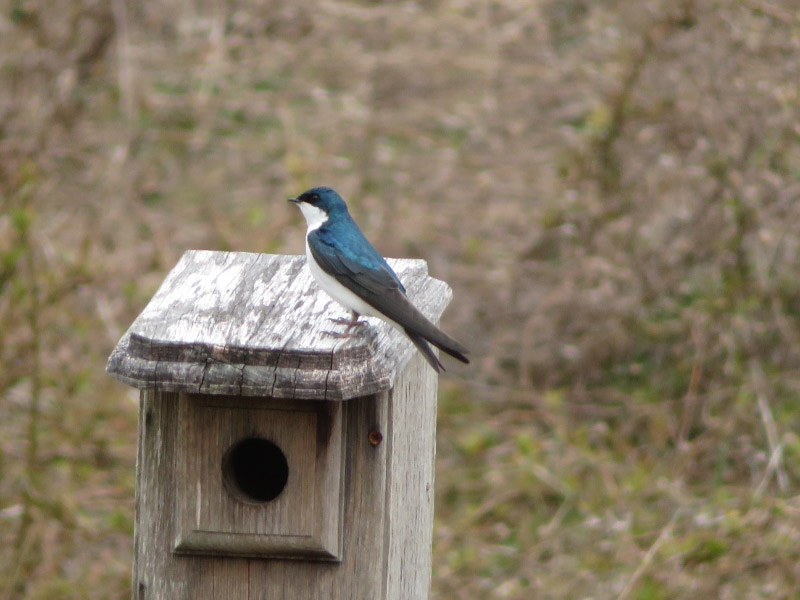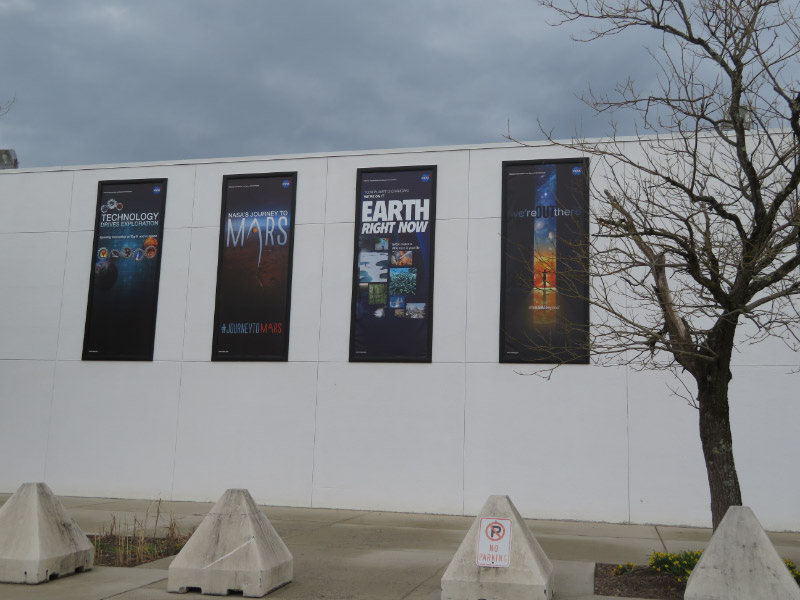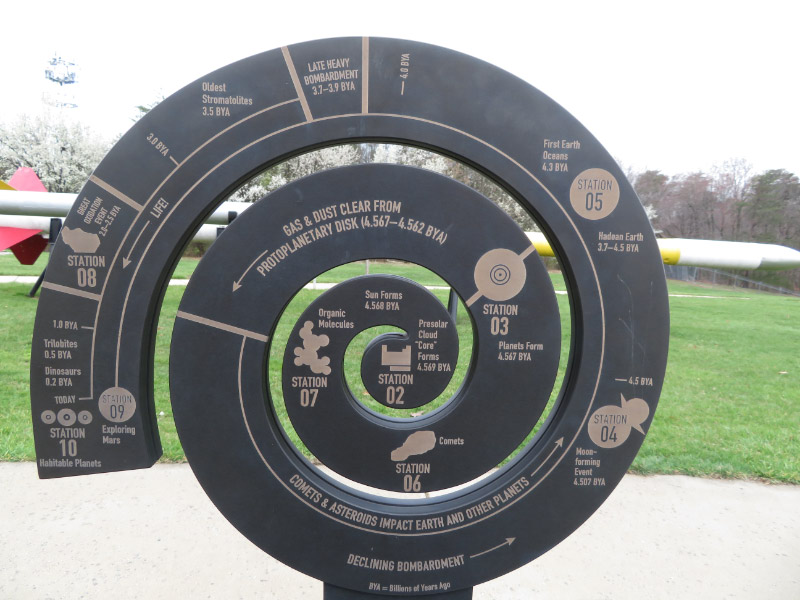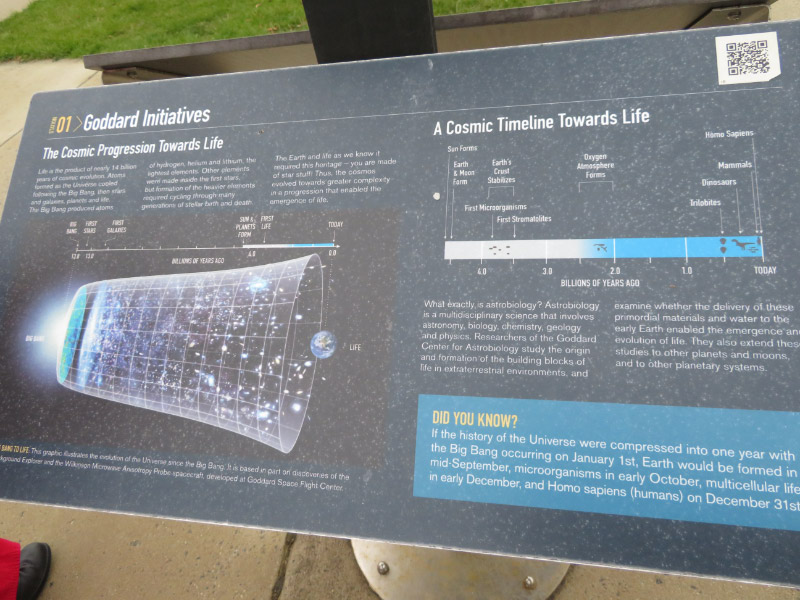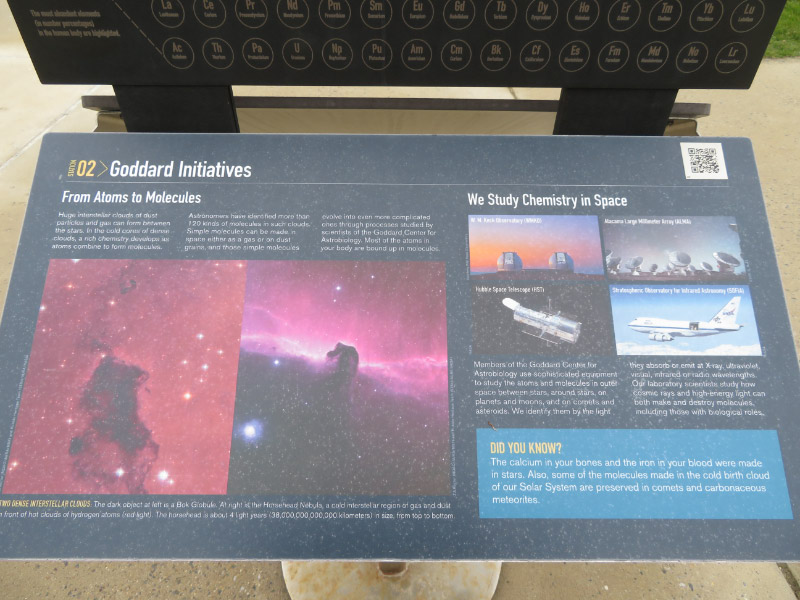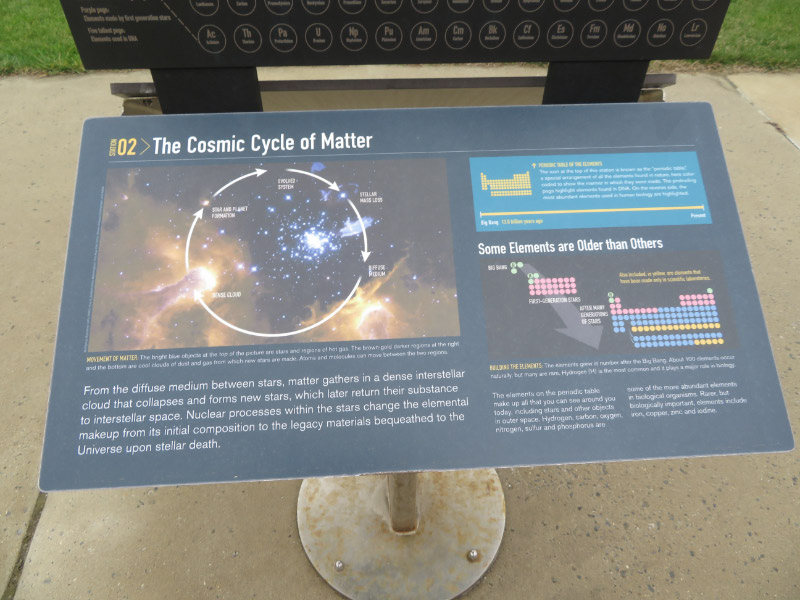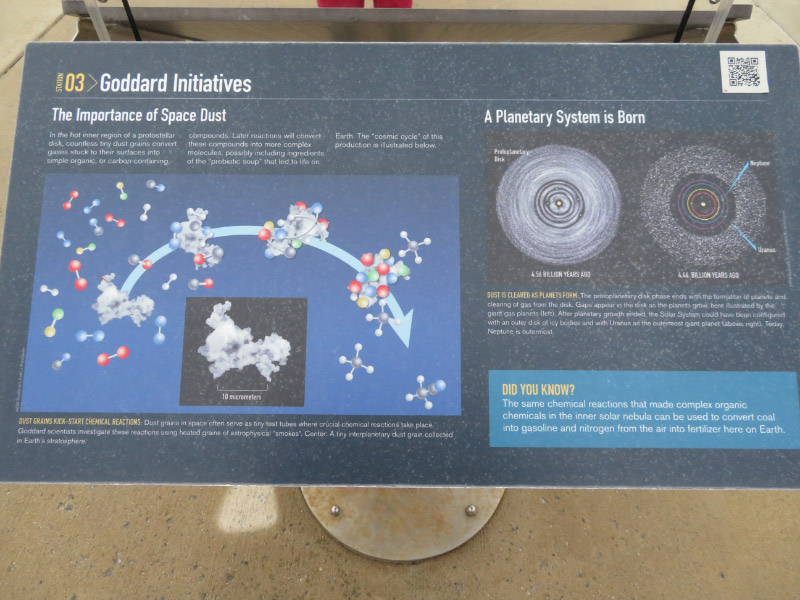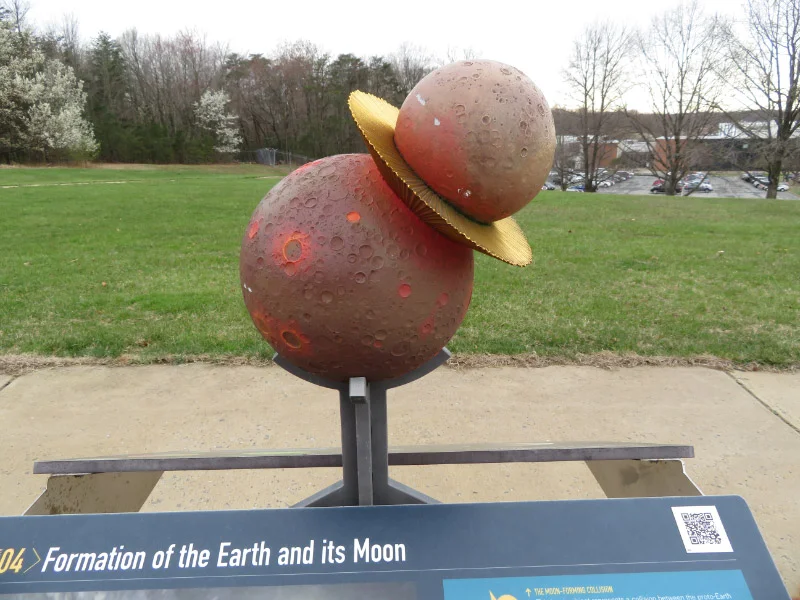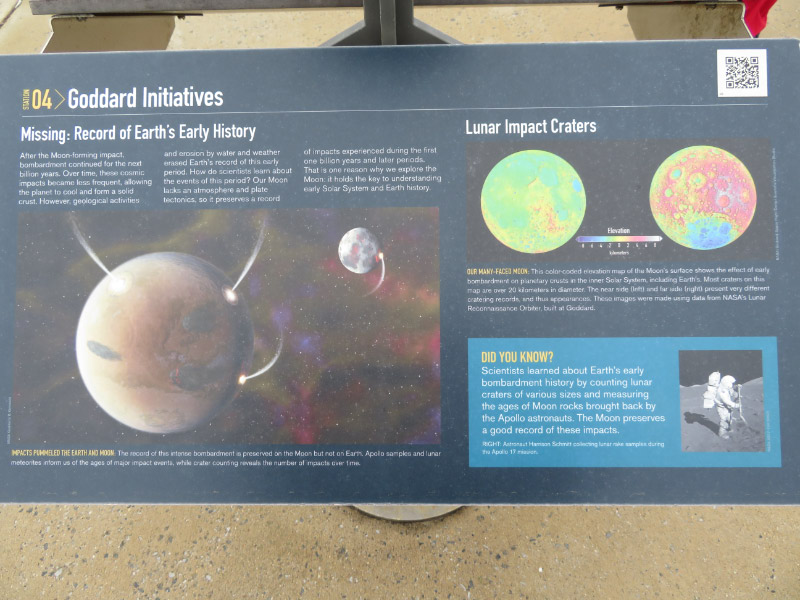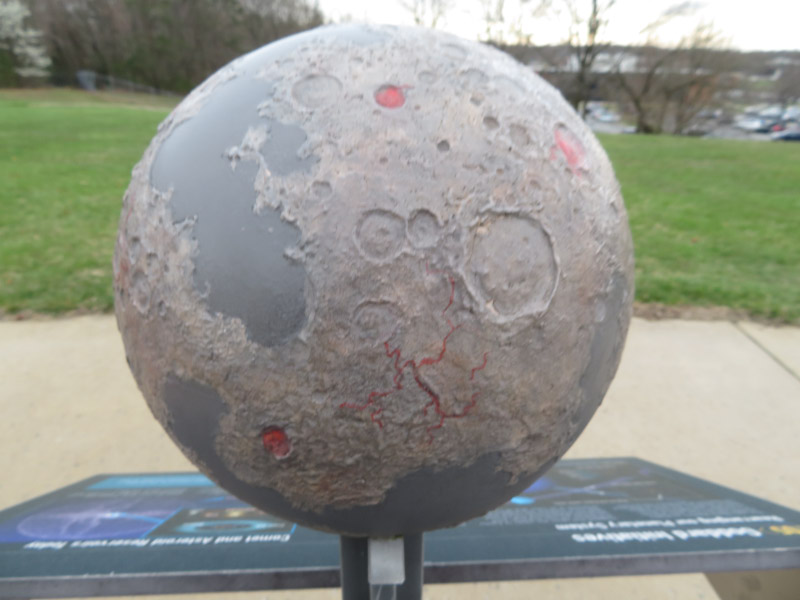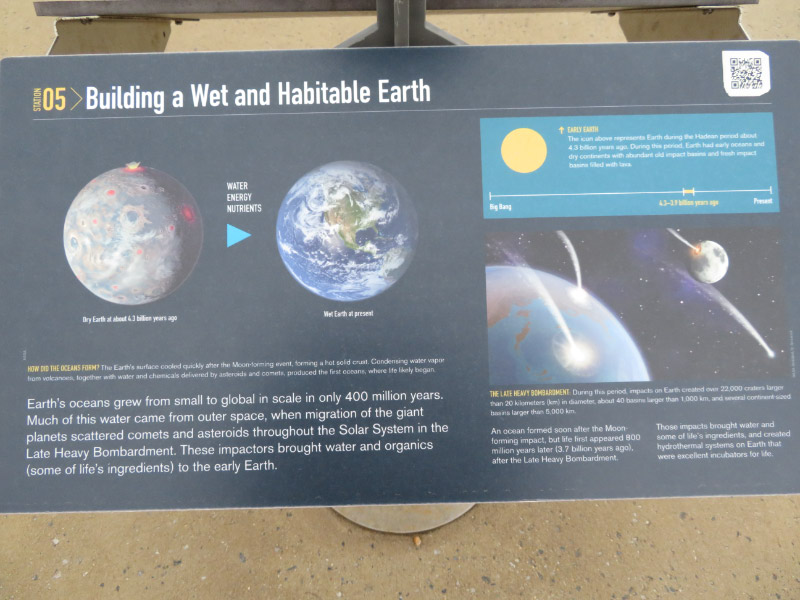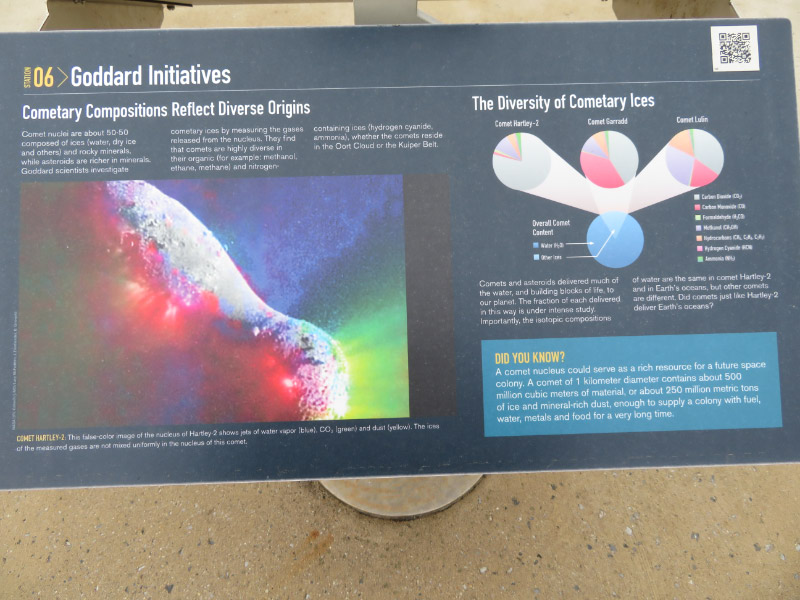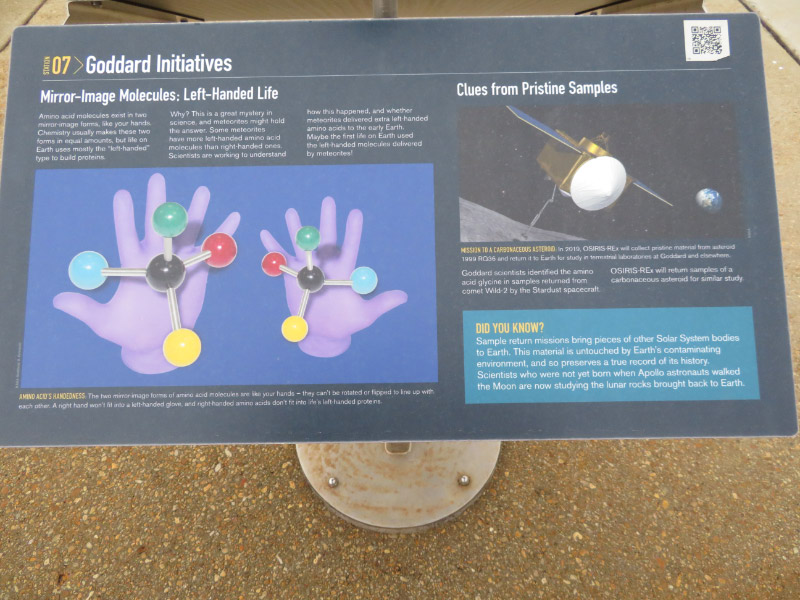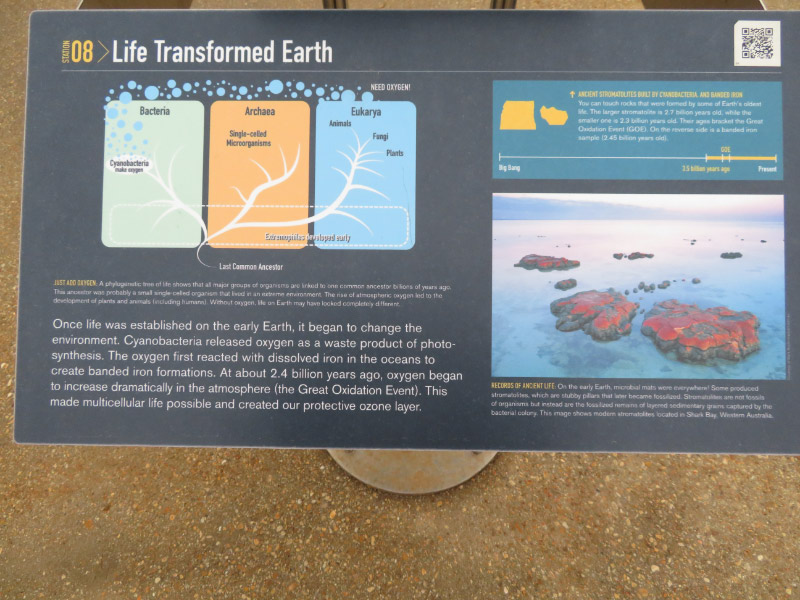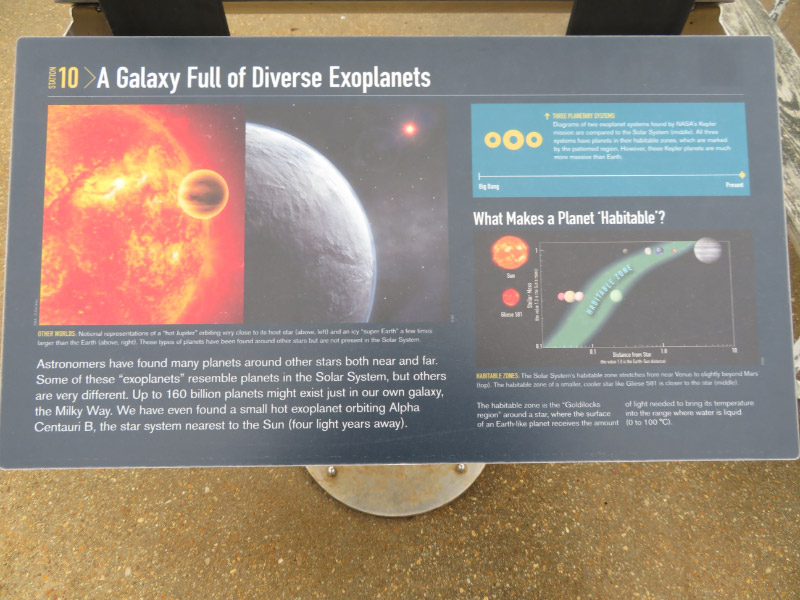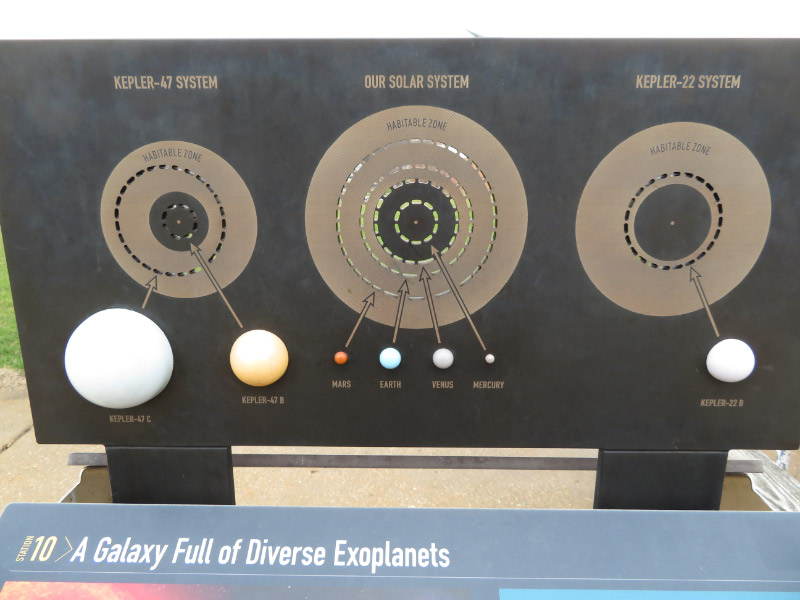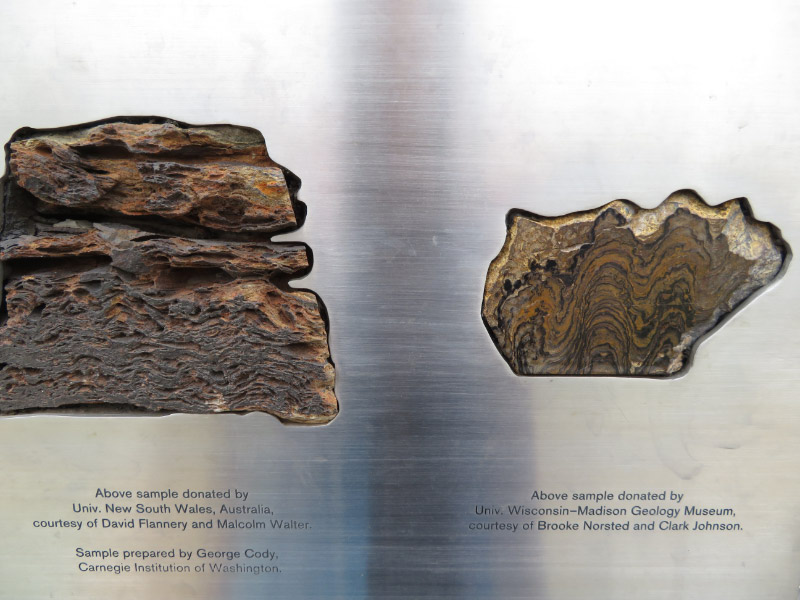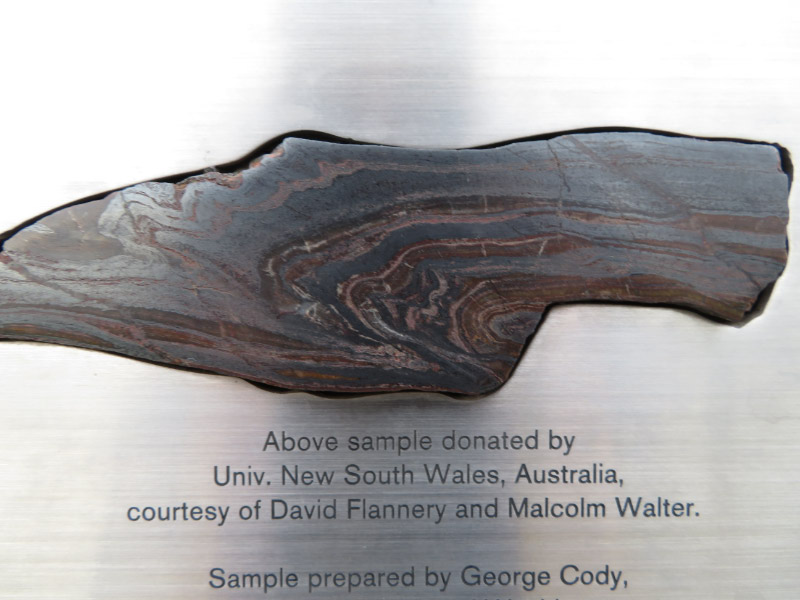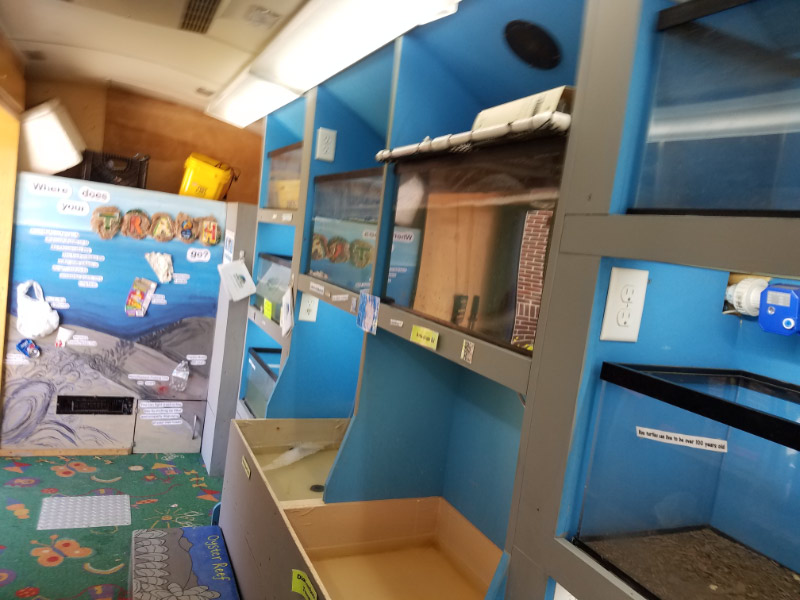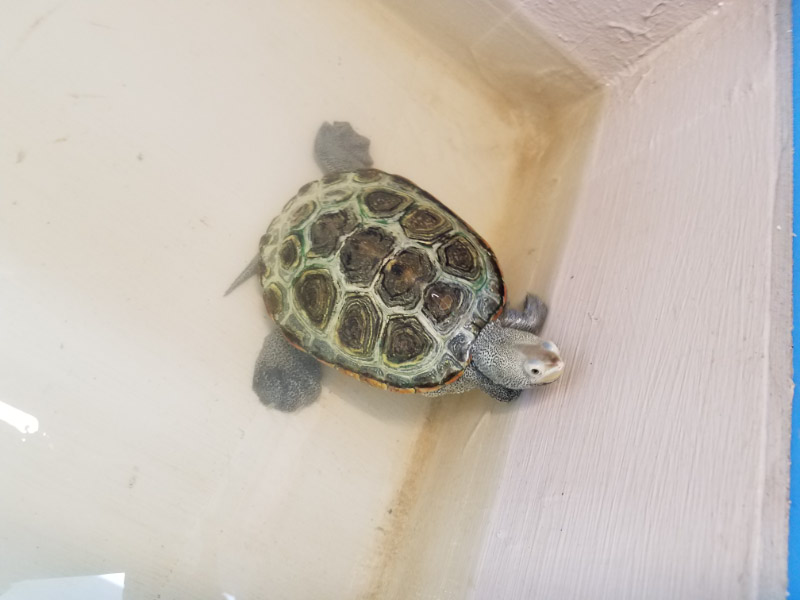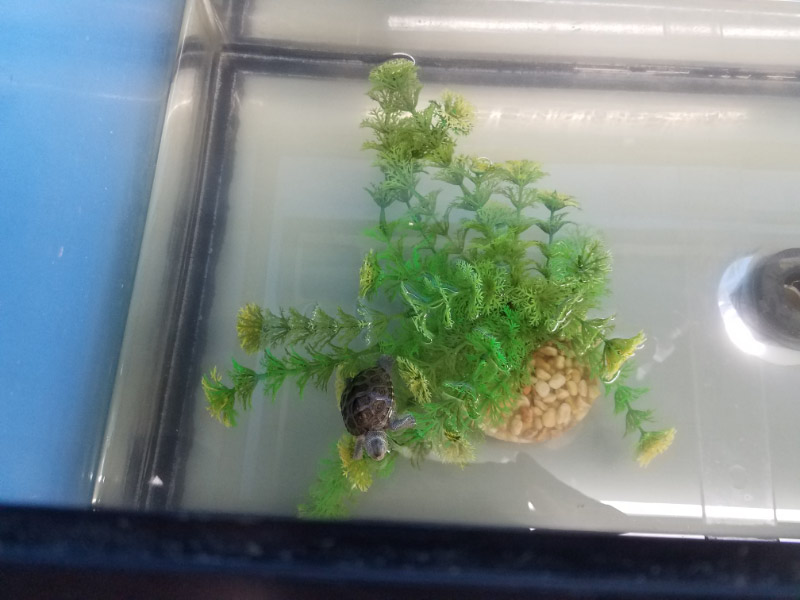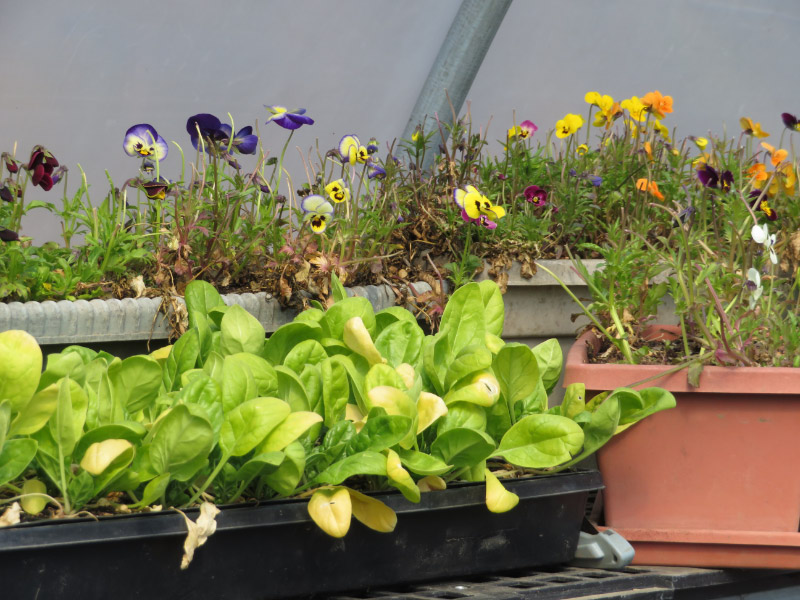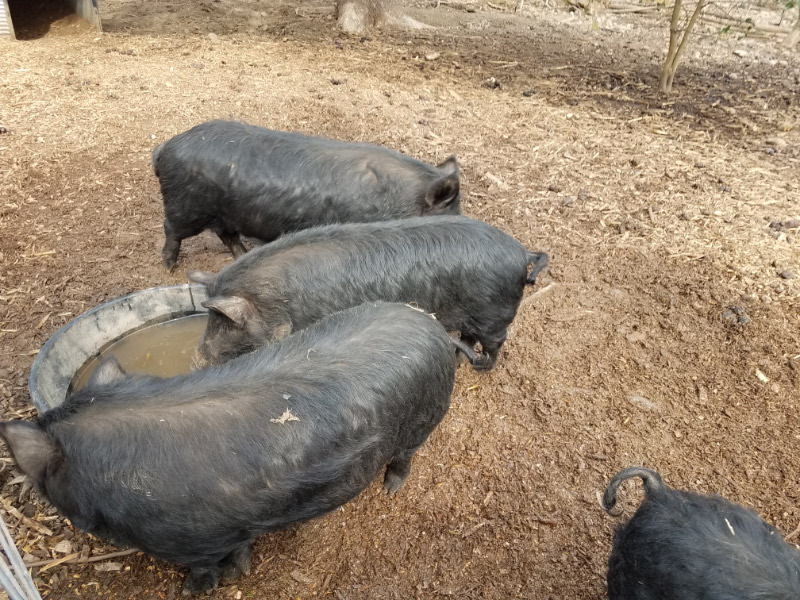Gleanings of the Week Ending May 5, 2018
/The items below were ‘the cream’ of the articles and websites I found this past week. Click on the light green text to look at the article.
Top 25 Birds Protected by the MBTA – National Geographic Blog – The Migratory Bird Treat Act was passed in 1918…and covers over 1000 species. Enjoy pictures of 25 of them!
Atlantic Ocean circulation at weakest point in more than 1,500 years -- ScienceDaily – Something else that could cause more rapid increase in sea level rise on the US East Coast.
Spring Sediment Swirls in the Great Lakes – Image from April 20th after a storm. The areas are the lakes are losing soil.
NASA planet hunter on its way to orbit: Transiting Exoplanet Survey Satellite successfully launched -- ScienceDaily – Hurray! TESS was launched on April 18th…and should be ready to begin work something in June.
Compound Interest - The chemistry of tulips and tulip fingers – After seeing the tulips display at Brookside…this article caught my attention. I didn’t notice if the gardeners taking up the bulbs were wearing gloves…or whether they were the right kind.
Dark chocolate consumption reduces stress and inflammation: Data represent first human trials examining the impact of dark chocolate consumption on cognition and other brain functions -- ScienceDaily – I like dark chocolate. It’s a good thing that it has positive health benefits but I would probably still eat it even it didn’t.
Which US Generation Has the Best Eco-Conscious Habits? A Survey+ | CleanTechnica – Boomers, Gen-Xers or millennials. It’s a clever way to highlight ways to become more eco-conscious.
On The Hunt For The Elusive Morel Mushroom In Ohio’s Appalachian Country: The Salt – Morel mushrooms are tasty….enough that people keep their spots secret and turn off their GPS locators when on the hunt!
These Are the Cities With the Worst Air Pollution | Smart News | Smithsonian and Compare Your Air | American Lung Association – Read the summary from the Smithsonian blog then go to the American Lung Association site to compare cities. Where I live gets and ‘F’ for Ozone.
Diseases from Ticks and Mosquitoes Have Tripled | The Scientist Magazine® - Lyme Disease and Zika have caused a lot of the increase.







